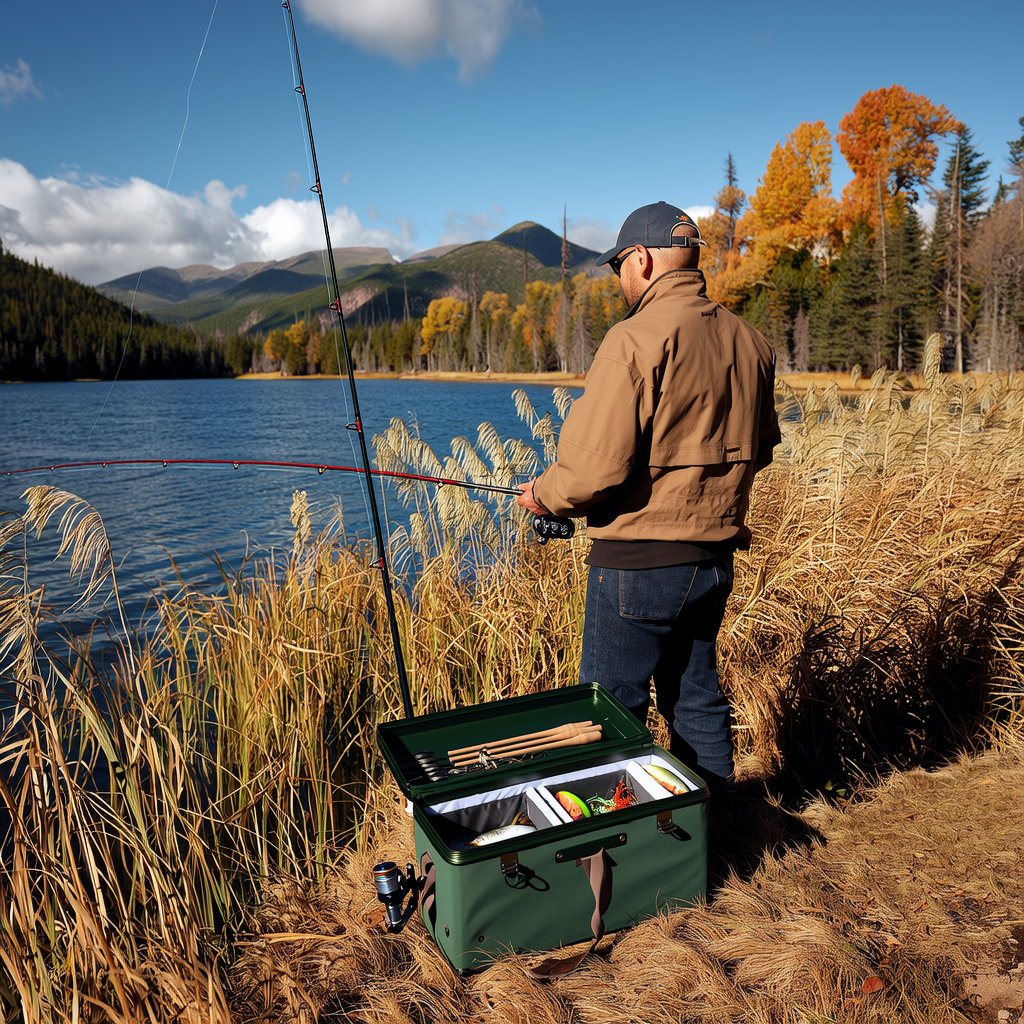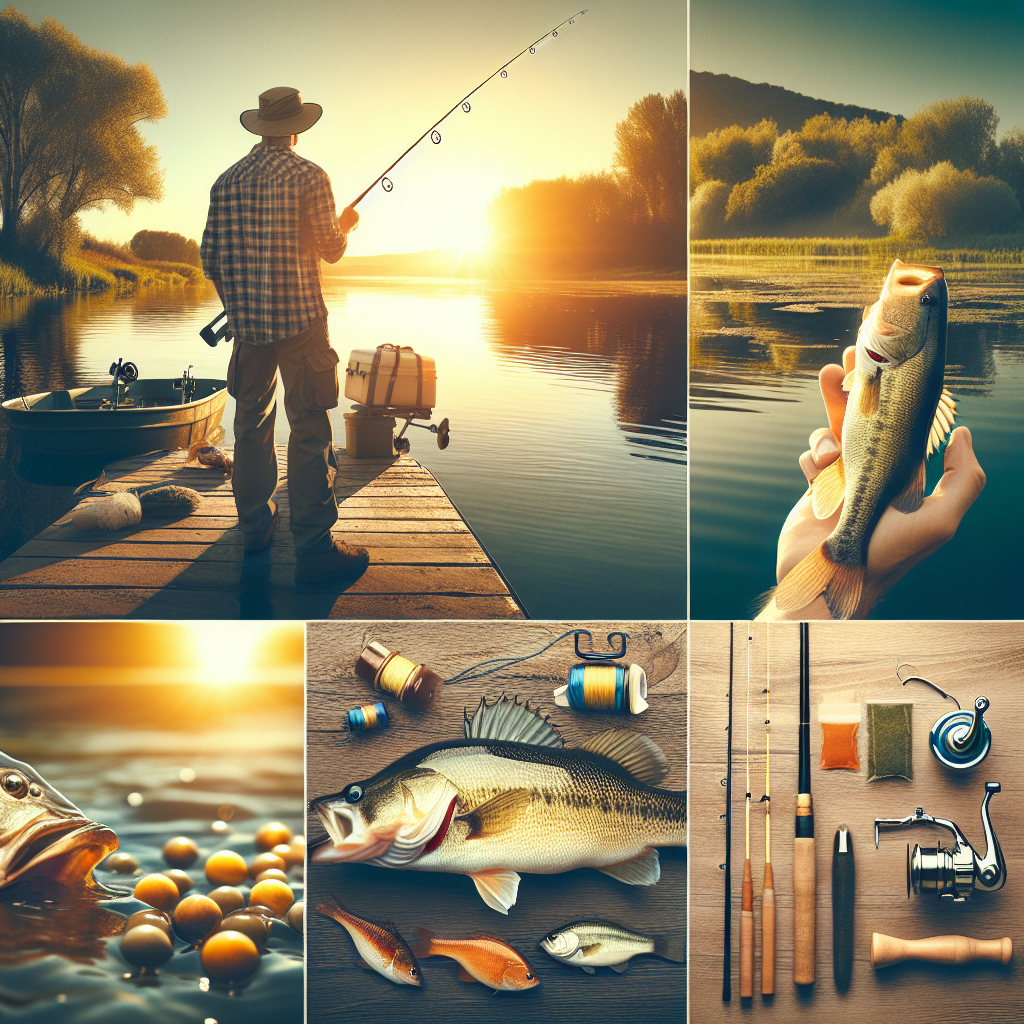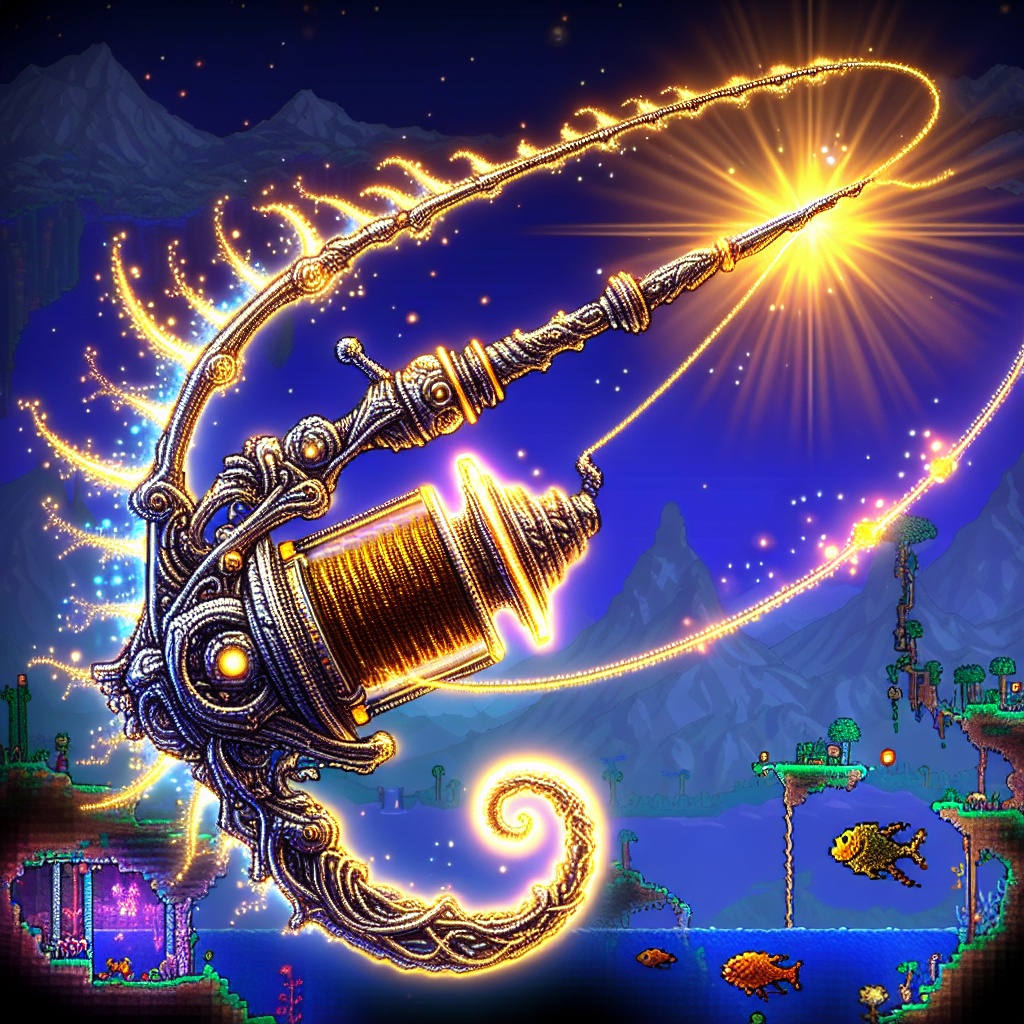Florida Bass Introduction
Florida Bass is also known as Floridan Largemouth Bass. It is a native fish of Florida’s freshwater ecosystem. Florida Bass are popular sportfish because of their large size, aggressiveness, and acrobatic display when hooked. Anglers travel from around the world to Florida’s rivers and lakes in search of trophy-sized Florida Bass.
The History of Florida Bass
Florida Bass is a subspecies that was first identified by Dr. Raymond L. Ditmars in 1925, curator of reptiles for the New York Zoological Society. Ditmars discovered large-mouthed basses that were different than the traditional largemouthed basses found in northern United States. Ditmars noticed that these largemouth bass had a robust head with a rounded shape and a squarish-shaped tail. The bass also had a unique coloring with a greenish brown back and a white belly. In the 1930s Florida Bass were introduced into many other states including Texas, California and Mississippi. These introductions were successful and Florida Bass quickly became the dominant subspecies of largemouth bass in many southern states. This success led to a largemouth-bass breeding program in Florida, which produced millions of Florida Basses for stocking in other States.
Florida Bass Habitat
Florida Bass can be found in Florida’s freshwater eco-system, which includes rivers and lakes. They prefer shallow, weedy habitats, but they can also be found in deeper waters. Florida Bass inhabit submerged vegetation such as hydrilla and coontail. Florida Bass can be found around submerged stumps, logs and other structures. They prefer water temperatures between 65-78degF, and pH levels between 6-8. They are sensitive to changes and can be negatively affected by pollution, sedimentation and other forms habitat destruction.
Florida Bass Diet
Florida Bass are opportunistic eaters and will eat many different prey species, including minnows. They also eat bluegills, crayfish, and shad. Florida Bass juveniles feed primarily on plankton and small insects before moving onto larger prey. Florida Bass are ambush hunters and will wait until their prey comes to them before striking.
Florida Bass Reproduction
Florida Bass spawns in the spring when temperatures reach 65degF. Florida Bass males will build nests in shallow waters and protect them from other fish. The females will deposit eggs in the nests which the males then fertilize. Florida Bass are known to be prolific, with some females producing over 20,000 eggs. The fry will hatch in 2-3 days but remain in the nest until they can swim. The young Florida Bass will hide from predators in vegetation until they can defend themselves.
Florida Bass Fishing Techniques
Florida Bass is a popular sportfish that can be targeted with a variety fishing techniques. Some of the most common techniques are:- Pitching & flipping: This involves casting a lure into heavy cover such as weeds, submerged logs, or sand. Anglers use a short, rigid rod and a heavy, baitcasting reel in order to accurately present their bait to the fish. Topwater fishing is most often done in the morning or evening when Florida Basses are most active. Carolina rigging can be used in deeper waters.
Florida Bass Conservation
Florida Bass is an important part of Florida’s freshwater ecosystem. It is also a popular sportfish. Their populations have been negatively affected by habitat destruction, overfishing, and pollution. Conservation efforts have been implemented to protect Florida Bass population, including:- Habitat Restoration: It is critical that Florida Bass populations survive. Fisheries management is crucial to maintain healthy Florida Bass populations. This includes reducing pollutants, controlling invasive plants, and restoring degraded wetland areas. This includes setting bag and size limits, monitoring catch rates and enforcing the regulations. These programs must be managed carefully to avoid negative impacts on native species.
Conclusion
Florida Bass is a unique fish species and an important part of Florida’s freshwater ecosystem. The large size, aggressiveness, and acrobatic display when hooked make them a popular sportfish. For future generations, it is important to maintain healthy Florida Bass populations through proper management and conservation efforts.




